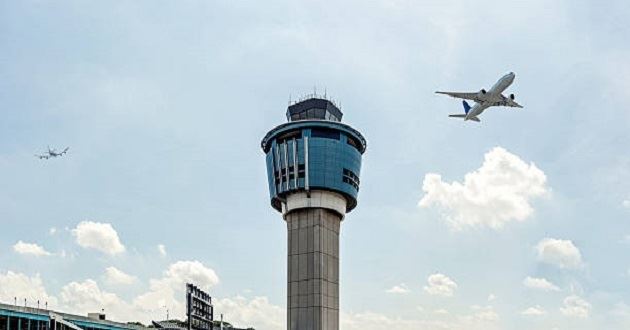TRAFFIC FORECAST
First and foremost, the scope of the traffic forecast is critical. As a result, the data, standards, and legislation used as the basis are operational in real time.
Forecasts are used to help governments plan airspace and airport infrastructures such as air traffic control, terminal facilities, access roads, runways, taxiways, and aprons on a regular basis. Forecasting methods are broadly classified into three types: quantitative or mathematical analysis, qualitative or judgmental analysis, and decision analysis, which is a combination of the first two. In this regard, three forecast spans are identified: short, medium, and long term. Depending on the type of application, the time span to be used may vary. The airport environment and transportation methods should be evaluated when forecasting an airport. The population of the region and city where the airport is located, the impact of significant developments in the country or airport, the airport density, seasonal features, and airport trend changes should all be examined.
The legal basis of the study is specified by the employer within the procurement contract.

This type of study is carried out in accordance with international standards and legislation, considering the primary documents mentioned in the report’s section “Literature and Methodology”. In particular, the estimation methods defined by ICAO Doc 8991-I are taken into account.
The study’s goal is to forecast aircraft, passenger, baggage, and cargo traffic that can be used as a basis in Master Plans.
Naturally, the issues identified in the study conducted by Haritaevi as the contractor may be considered by the Employer in terms of strategic planning and/or business development.
Our studies include, but are not limited to, the following:
- Unique Methodology with Time Series and Econometric Estimates,
- Long-Medium-Short Term Forecasts with Subdivisions for Aircraft, Passenger, Cargo and Baggage Parameters,
- Econometric and Demographic Data Analysis and Estimates,
- Peak Analysis,
- Forecasting for Different Scenarios,
- Hourly, Daily, Monthly, Seasonal and Yearly Analysis,
- Study of Traffic Flow, for Airport-to-Airport Distances
We periodically generate forecasts and publish them in bulletins on a regular basis.

We create the best and most sustainable operation designs.

We also deal with route tracking evaluated as accepted by the relevant authorities.

Passenger profiles, realization data is important to us.
SABIHA GOKCEN INTERNATIONAL AIRPORT
We presented our traffic forecasts for Istanbul Sabiha Gökçen International Airport for the years 2017–2037. (ISG). The traffic forecast will be used as the base for master plan studies, and the study’s findings will be used to determine capacity. Many subdivisions were investigated for the long-term study. We looked at three different scenarios: good, moderate, and bad. We assumed that the actual “Moderate Scenario” would comply with our time series and econometric forecasts for Turkey and Istanbul based on data series from the previous 7 and 10 years.


CAPE TOWN INTERNATIONAL AIRPORT
The goal of traffic forecasts is to predict future airport demand and improve capacity accordingly. We investigate the aviation sectors of various cultures and forecast their seasonal structures. A short-term forecast is illustrated by our study for Cape Town International Airport (CPT).





